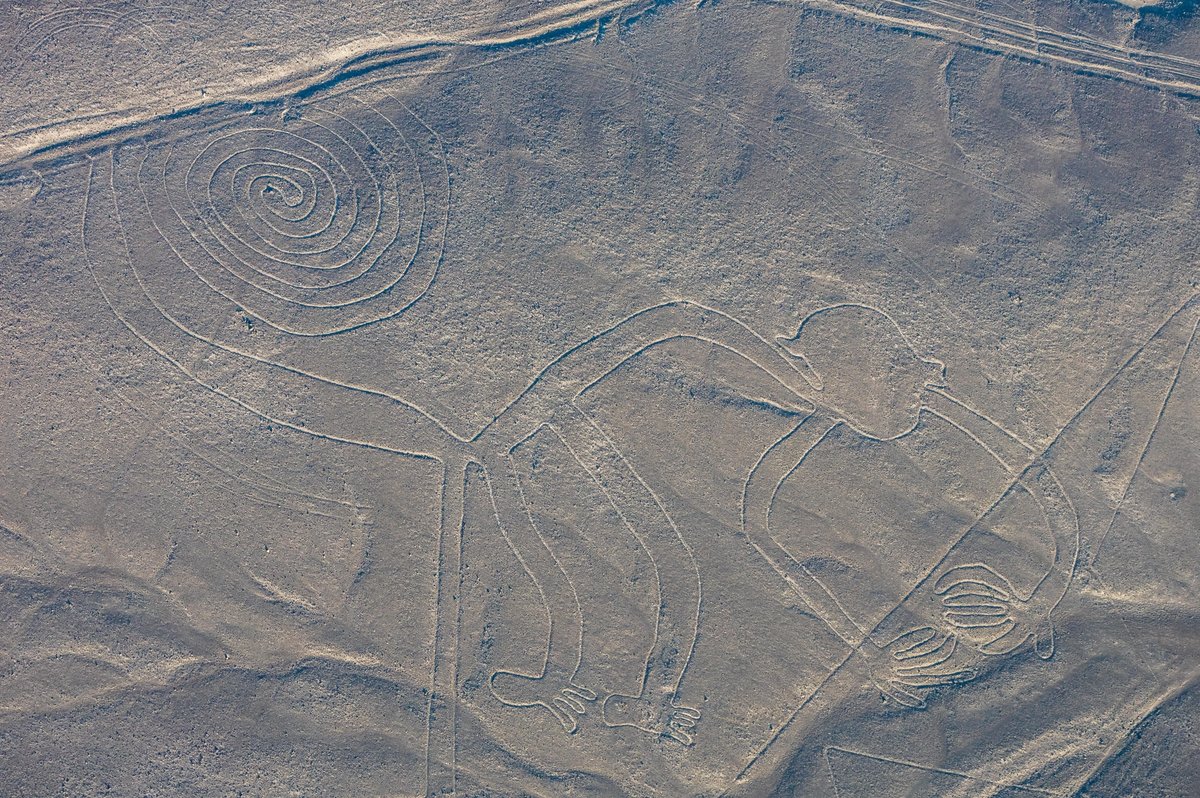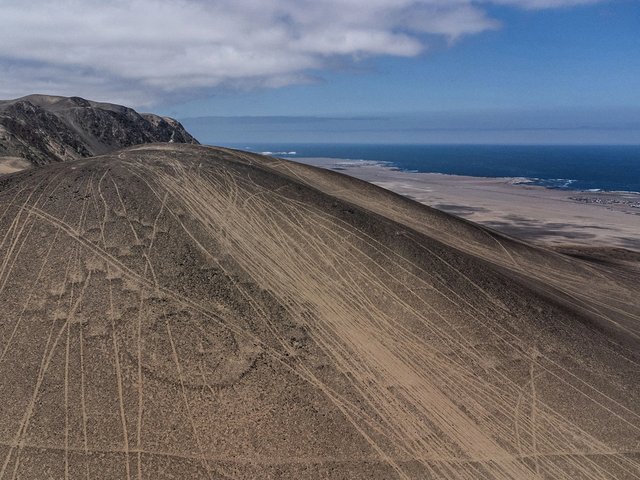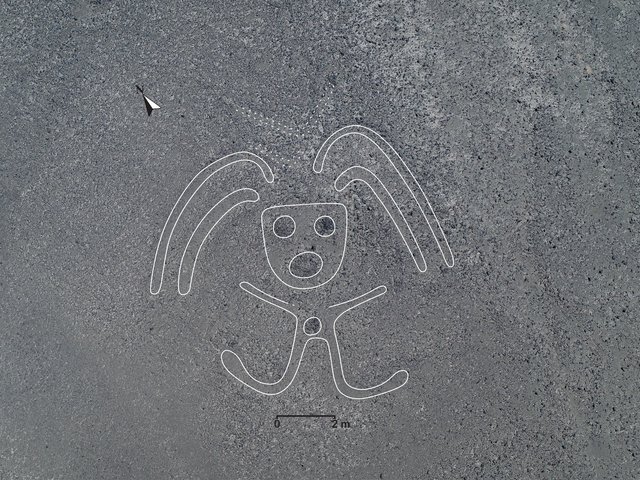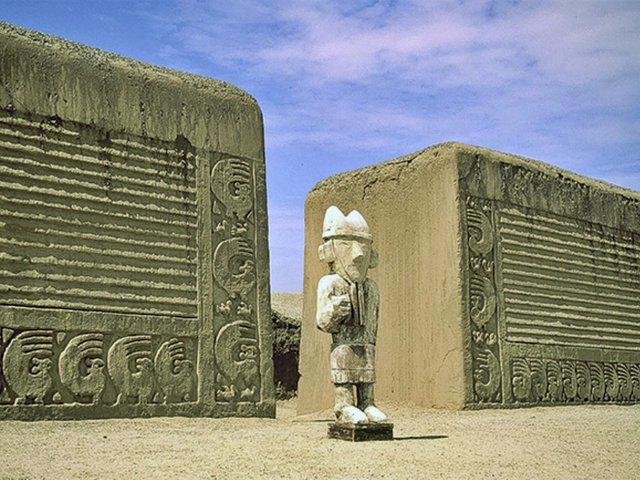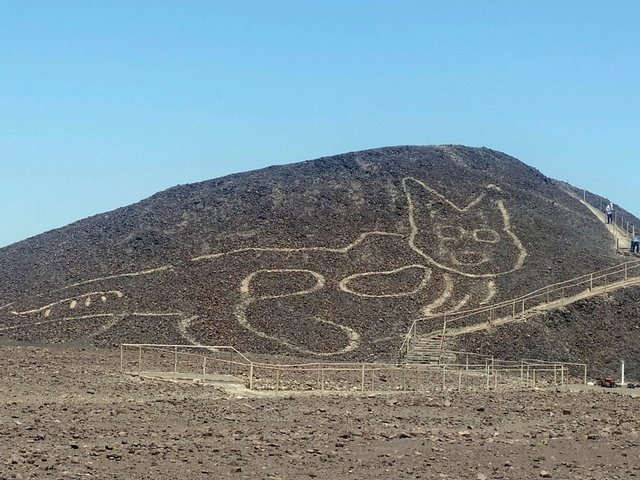The Peruvian government has reversed a controversial decision to shrink the archaeological park that contains the country’s famed Nazca lines, a group of around 700 ancient geoglyphs drawn in the soil of the Nazca Desert.
The park, around the size of 1,400 football fields, was set to be reduced by 42%, or over 1,000 hectares, the Associated Press reported earlier this month. The government claimed that the rollback was reflective of updated scientific studies and would not impact the site’s Unesco World Heritage status. But critics of the plan insisted that reducing protections would undermine conservation efforts and set the stage for "artisanal gold mining" activities in the area.
Members of the Ministry of Culture (MinCul) filed an interpellation against the ministry's leader, Fabricio Valencia, to stall the decision, according to the Peruvian outlet Willax. Mariana Castro, Peru’s former vice minister of the environment, cited the “extractive activity” of informal miners as a major risk for the Nazca lines, which are situated in one of Peru’s most vulnerable ecosystems.
On 8 June, the MinCul posted an open letter on social media explaining the decision. “Considering that it is a good administrative practice to socialise the actions that impact the management of the archaeological reserve of the Nazca Lines and Geoglyphs, the Vice Ministry of Cultural Heritage and Cultural Industries has repealed Article 1 of the Vice-Ministerial Resolution,” the statement reads in part.
The ministry also instituted a ten-day “update process” for a new initiative, titled “Management System for the Cultural Heritage of the Nazca and Palpa Territory“. The plan promises to convene a multi-sector technical panel in order to “define the criteria that should govern the future proposal for the delimitation and use of the territory“, and will include representatives of the Peruvian government’s executive branch as well as a variety of non-profit organisations, local governments, academic institutions and cultural representatives.
The MinCul also announced the decision to create and implement a "Nazca Excavation Unit", which will address “the comprehensive management of the Nazca Lines and Geoglyphs archaeological reserve”.
The Nazca lines were created between 500 BC and AD 500 by artisans making depressions in the desert floor in order to create enormous geoglyphs—some figurative, some geometric—that are often so large they are best viewed from the air. Rediscovered in the 1500s by Spanish colonists, who described them as trail markers, the Nazca lines have been the subject of centuries of archaeological speculation regarding their purpose, which remains a mystery.
The Nazca culture, descended from the Andean Paracas culture that preceded it, is best known today for its complex textile production and groundbreaking water management techniques, leading the way in irrigation technology and aqueduct formation in the region.
Peru remains a rich source of ancient discovery in the 21st century. In May 2025 alone, 2,500 year old bird bone tubes used to snort hallucinogens were discovered at the Chavín de Huántar archaeological site in the country’s central Andes; 100 previously unknown structures were discovered at the Gran Pajatén archaeological complex at the Río Abiseo National Park, north of Peru’s capital, Lima; and the mummified corpse of a 5,000 year old woman with her nails intact was found at Áspero, a coastal settlement of the Caral civilisation.


